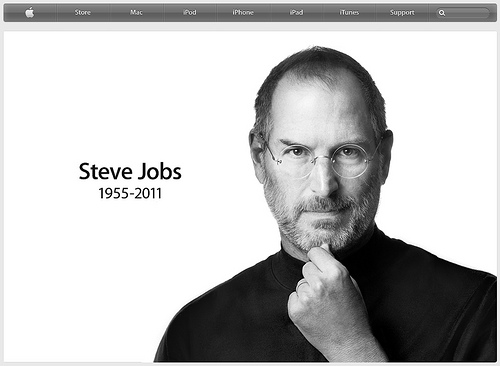
After a long battle with cancer, the CEO and co-founder of Apple has passed away at the age of 56.

After a long battle with cancer, the CEO and co-founder of Apple has passed away at the age of 56.
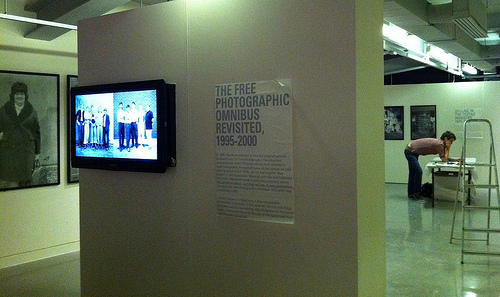
Here’s a sneak preview of our latest exhibition, Daniel Meadows: Early Photographic Works, opening 30 September 2011.
Images from our Daniel Staincliffe display, Fauna Automata: British Wild Boar, are being installed today.
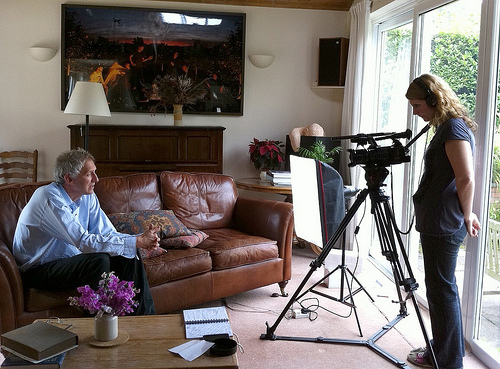
Ruth Haycock talks about her experience filming with photographer Daniel Meadows in preparation for our exhibition of his work.
What do you get if you mix the talent of a world-class photographer with the support of two national institutions and a successful fellowship programme? In this instance, our future exhibition Outposts: Donovan Wylie.

Magnum photographer Donovan Wylie recently visited us to work on the final stages of his premiere exhibition Outposts.
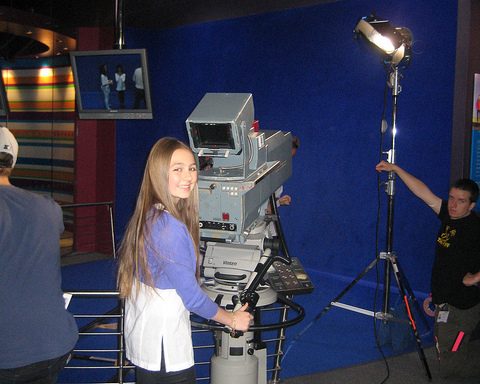
Summer is here, hordes of children will soon be let loose from the nation’s classrooms, and we would love you all to visit us and ‘Discover the Full Story’.
Read Brian Liddy’s thoughts on selecting works for The Lives of Great Photographers, and watch a video of his in-conversation event with Impressions Gallery’s Anne McNeill.
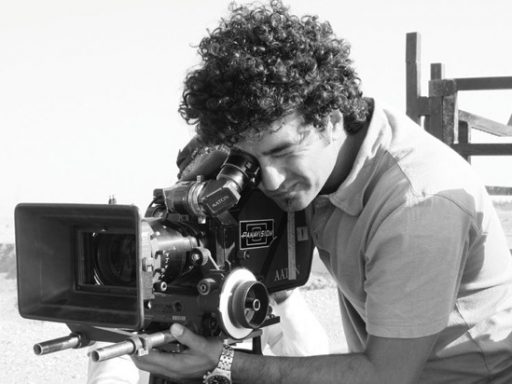
Guest blogger Mike McKenny reviews Mohamed Al-Daradji’s Son of Babylon and gives an overview of LIFF’s Q&A session with the director.
Learn the basics of how to care for glass negatives, colour transparencies, lantern slides and photographic prints.
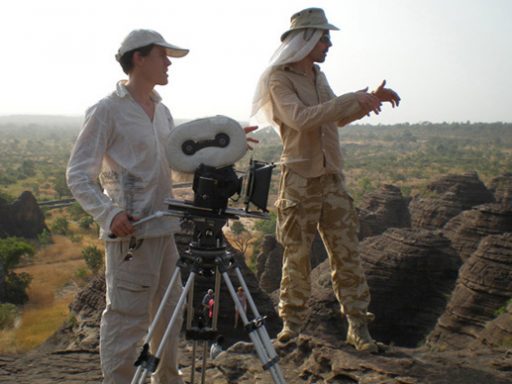
Mike McKenny takes a deep dive into the world of the Ford brothers’ zombie flick The Dead, with a review of the movie and an interview with the directors and star Rob Freeman.

From Nim to the Nintendo 3DS, take a whistle-stop tour through 60 years of videogames.